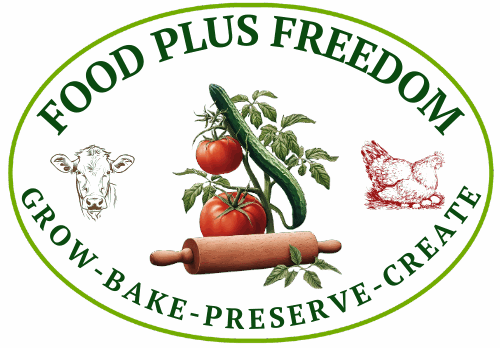Why should you want to grind your own wheat? Like fresh coffee, it doesn’t get better. Plus, with fresh ground wheat, you gain 26 essential vitamins and minerals. And you can store unground wheat berries indefinitely in airtight containers.
If you don’t want to grind your own wheat, or aren’t there yet, make sure you buy 100% whole wheat organic flour. Sometimes it’s called unbleached flour. Make sure the company hasn’t removed the wheat germ and/or bran. If you need to contact the company, ask them if any part of the wheat berry has been removed. It should contain wheat germ, wheat flour endosperm, and bran.
Below, you’ll find the definitions for different wheat and the terminology that goes with them. Wheat terminology is updated throughout the year. If you have questions or other terminology you want to learn about contact us:
Generic Terms:
Berries, whole-berries, or kernels are the individual whole grains that have not been ground, cracked, or broken in any manner. The berries do not have the hulls on them, making them ready to be ground, cracked, cooked, etc.
Gluten is the structural proteins found in wheat. It’s what gives your bread its ability to hold shapes. It is not all proteins found in wheat, though today it seems gluten is a catch all phrase for all wheat proteins. Gluten in wheat can reach 85%, but it varies with the variety and type of wheat.
Types of Wheat.
There are tons of different names and varieties of Winter/Spring and Red/White wheat.
Einkorn is considered the original wheat or ancient grain. The kernels are smaller than most other wheat on the market. It’s high in gluten and has a slightly nutty flavor. Einkorn is one of the first types of wheat domesticated by humans.
Emmer Faro is considered an ancient grain and the original durum wheat of our times. It’s a hard wheat known for making pasta. Compared to other wheat, Emmer is lower in gluten and higher in other protein and fiber.
Durum Wheat contains the highest amount of protein of any wheat, but has a very low gluten content. This low gluten content and high protein makes it the ideal wheat for making pasta.
Winter vs Spring: This is the season the wheat berries are planted into the soil. Some people prefer one type over the other, but I prefer to buy as local as possible. Which means in my area I buy winter wheat. When I lived out west, I mostly bought spring wheat.
Red or White: This is the color of the wheat kernel. Not all wheat specify the color of the kernel.
Soft or Hard: Hard wheat has more gluten than soft wheat. People generally consider hard wheat as the better bread baking wheat. While they prefer soft wheat for baking treats such as cookies, cakes, and pastries.
The combination of wheat comes in Hard Red Spring Wheat, Hard Red Winter Wheat, Hard White Spring Wheat, Hard White Winter Wheat, soft Red Spring Wheat, Soft Red Winter Wheat, Soft White Spring Wheat, Soft White Winter Wheat
Spelt is also considered an ancient grain. Its gluten content is high enough for breads, yet works well for making pasta when finely milled. Spelt’s gluten structure is different from gluten in wheat. Some say that spelt is less allergen than wheat.
Rye berries are tightly connected to wheat and used in bread making. It has a low gluten content, but is one of the best flours to use for sourdough bread.

